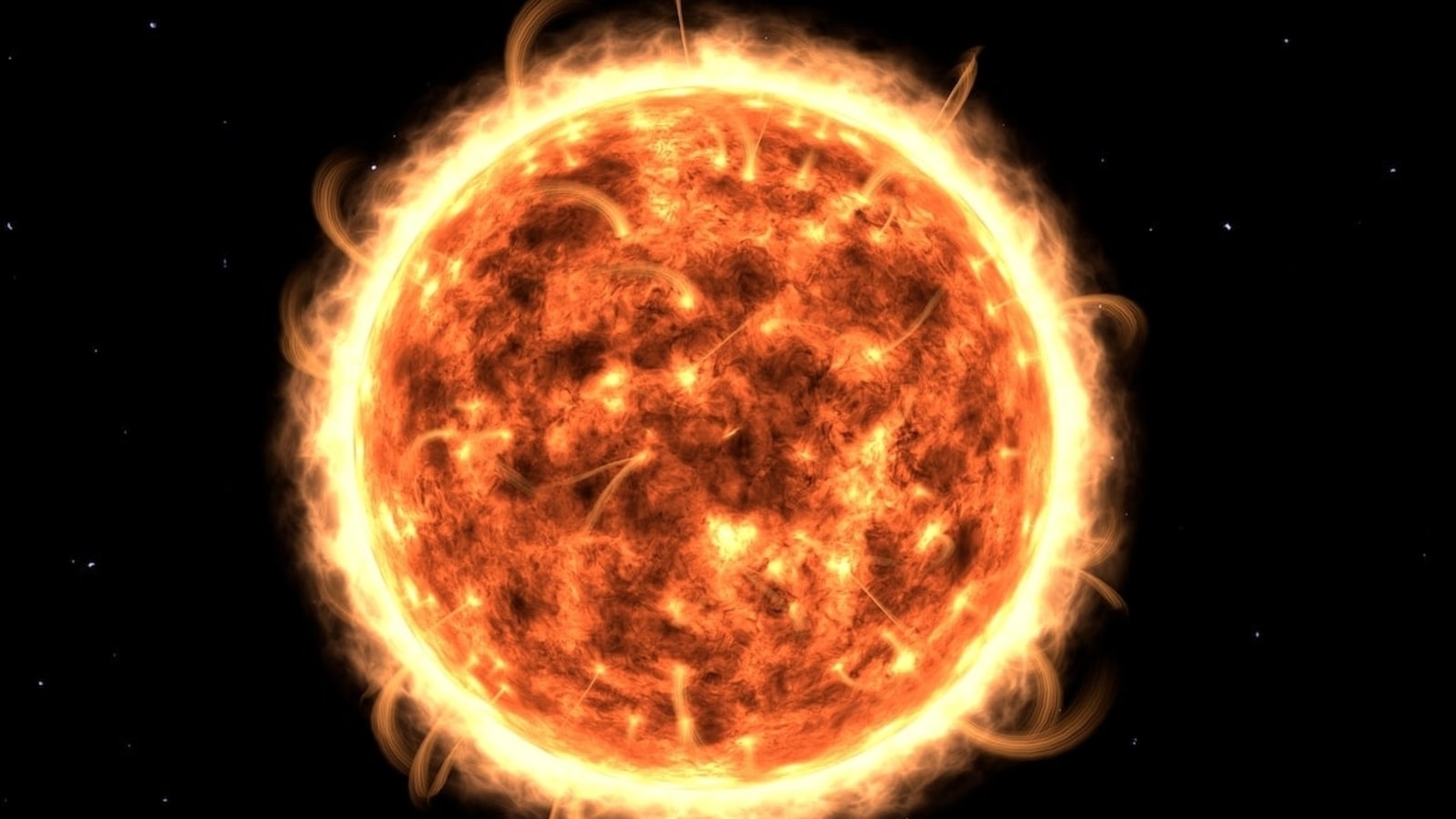A solar storm is heading toward Earth today, and the National Weather Service’s Space Weather Prediction Center (SWPC) has issued a Geomagnetic Storm Warning for today, September 3, 2023. On this day, Earth could experience a G1-level geomagnetic storm, lighter on a scale of -1 5. While this geomagnetic storm can cause some aurora displays and minor disruptions to electrical grids, navigation and communications systems, it is not expected to be a severe event, according to the spaceweather.com
current geomagnetic activity
The SWPC reports that a G1-class geomagnetic storm began on September 2nd when Earth was hit by a high-speed solar wind current generated by the sun as it releases massive amounts of energy into space. Notably, this solar storm is distinct from two coronal mass ejections (CMEs) that are hurtling toward Earth. The first CME left the Sun on August 30, and the second was launched on September 1. The arrival of this coronal ejection on September 3rd could extend the ongoing storm and possibly raise it to a G2-level geomagnetic storm.
What are coronal mass ejections (CMEs)?
Coronal mass ejections, or CMEs, are massive releases of plasma and magnetic fields from the sun’s corona. They can eject billions of tons of material and carry a combined magnetic field stronger than the interplanetary magnetic field of the background solar wind (IMF). Coronal ejections travel at varying speeds, some reaching Earth in as little as 15 to 18 hours, while others take days. As they move away from the Sun, large coronal ejections increase in size, with larger clumps covering much of the space between the Earth and the Sun upon their arrival.
The effect of geomagnetic storms
When a coronal emission interacts with Earth’s magnetosphere, its effect depends on the energy level and contact angle. Geomagnetic storms have the potential to disrupt the electronics, electrical systems, and communications of spacecraft. They can also produce amazing aurora displays in the night sky.
In the case of today’s G1-class geomagnetic storm, slight fluctuations in the power grid may occur, especially in northern latitudes. Satellite operations may experience minor disturbances, and aurora displays may extend further south than usual, potentially reaching northern Michigan and Maine. And if the geomagnetic storm intensifies, the aurora borealis could become more vibrant and extend south.
While this storm is being watched closely, it is important to note that it is expected to be relatively mild, with minimal impacts to daily life and technology.

“Typical beer advocate. Future teen idol. Unapologetic tv practitioner. Music trailblazer.”







More Stories
Boeing May Not Be Able to Operate Starliner Before Space Station Is Destroyed
How did black holes get so big and so fast? The answer lies in the darkness
UNC student to become youngest woman to cross space on Blue Origin